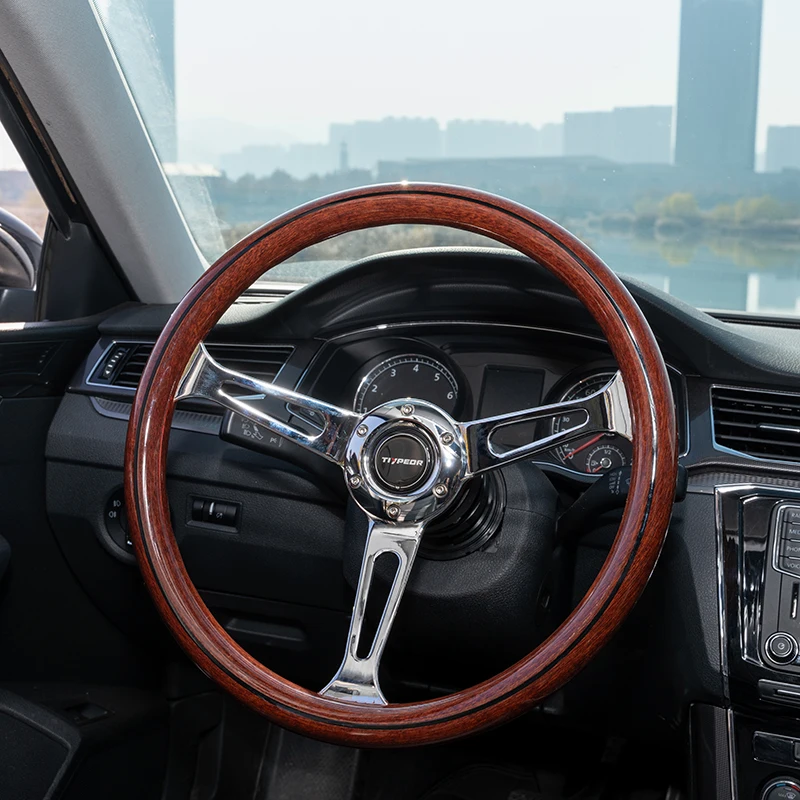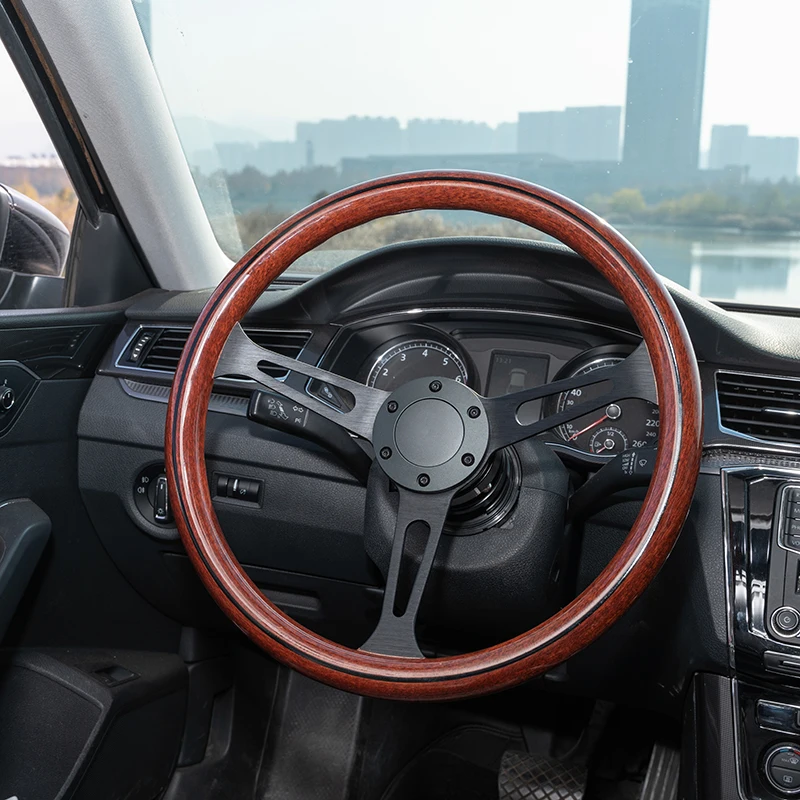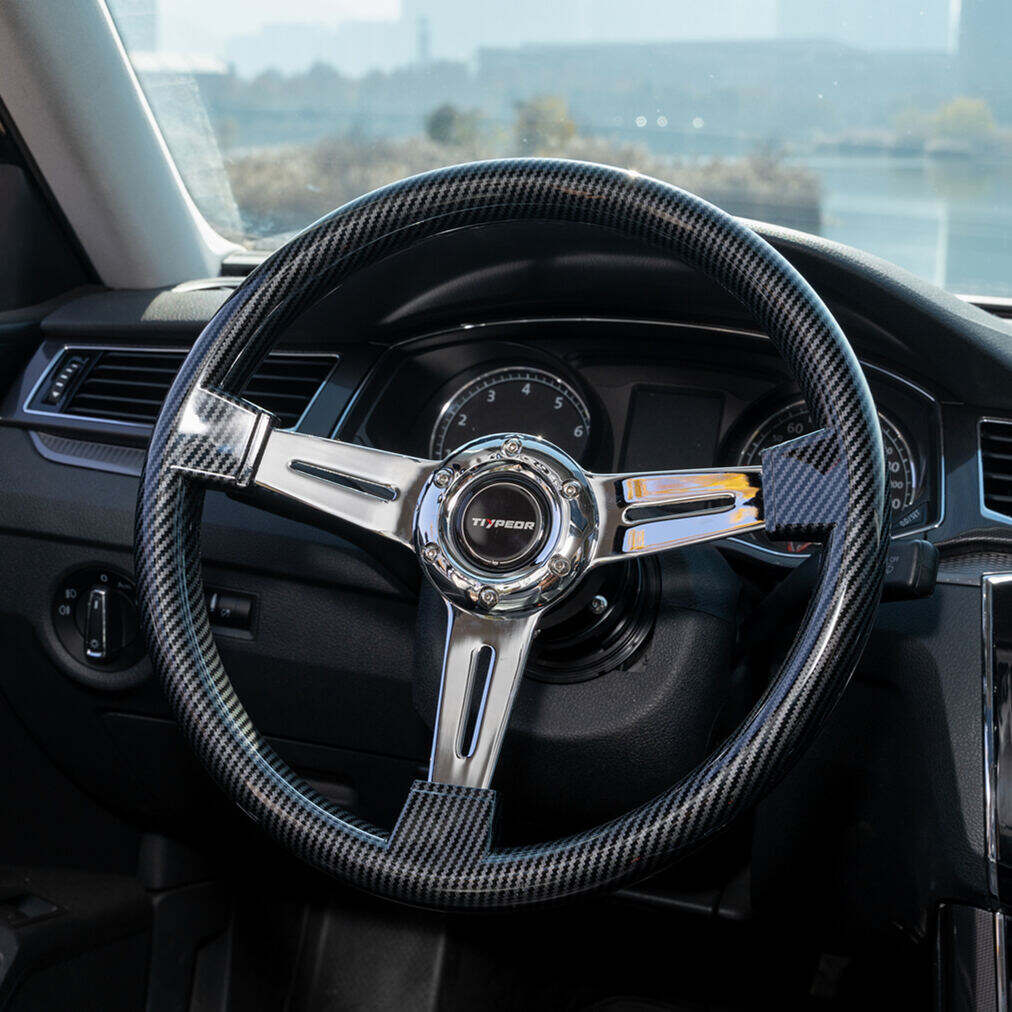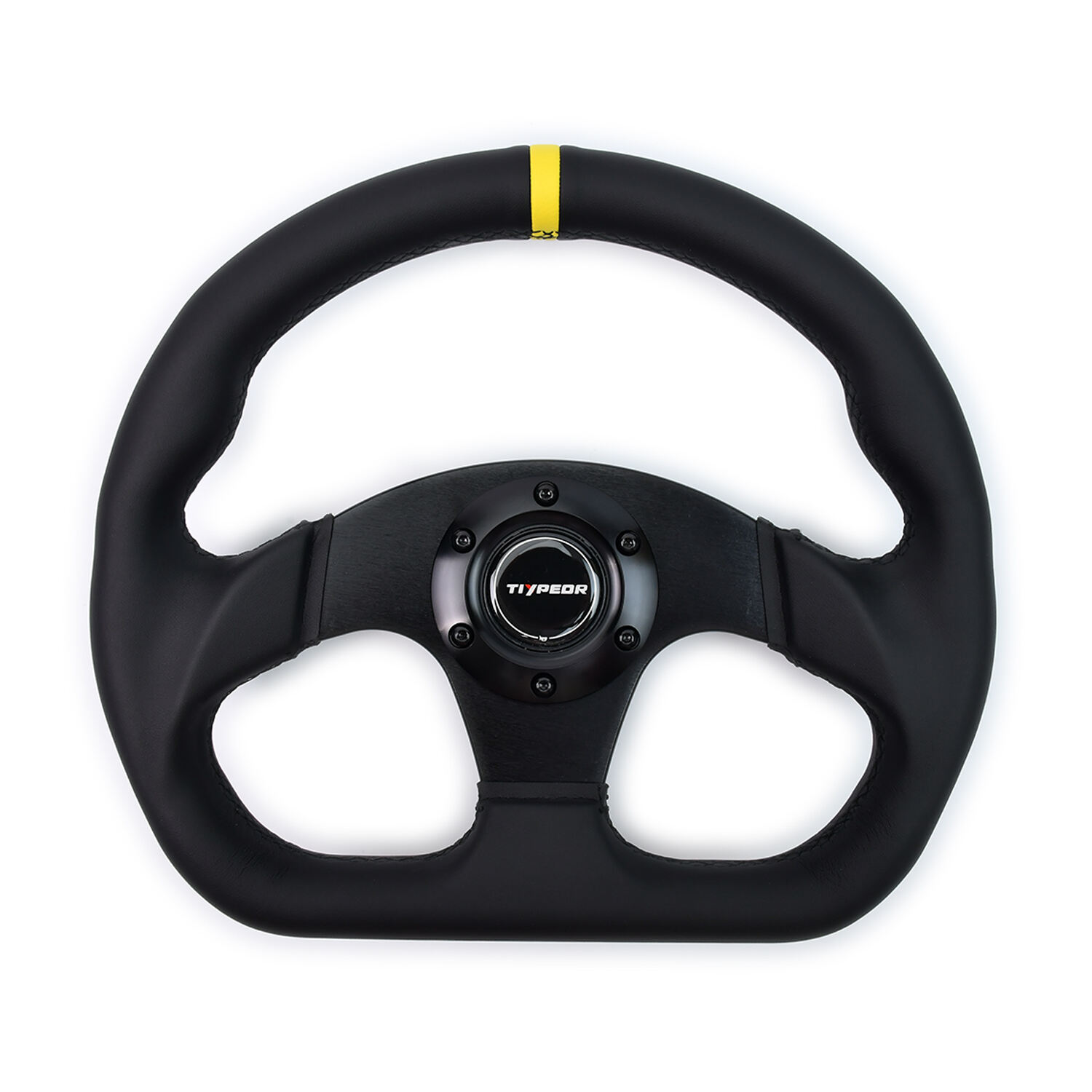racing seat belts
Racing seat belts represent a critical advancement in motorsport safety equipment, engineered to provide maximum protection during high-speed competitions. These sophisticated restraint systems feature multiple points of attachment, typically consisting of 4, 5, or 6-point configurations, which distribute impact forces across the body's strongest points. Unlike standard automotive seat belts, racing harnesses incorporate wider webbing, ranging from 2 to 3 inches, constructed from high-tensile strength materials such as nylon or polyester. The quick-release buckle system enables rapid exit in emergency situations, while maintaining secure closure during intense racing conditions. Modern racing seat belts include features like rotary adjusters for precise fitment, pressure reduction pads at contact points, and compatibility with HANS (Head and Neck Support) devices. These belts undergo rigorous testing to meet or exceed FIA (Federation Internationale de l'Automobile) safety standards, ensuring their performance at forces exceeding 7,000 pounds. The mounting points are strategically positioned to maximize stability during both normal racing maneuvers and potential crash scenarios, while the adjustment mechanisms allow for custom fitting to different driver sizes and racing positions.










